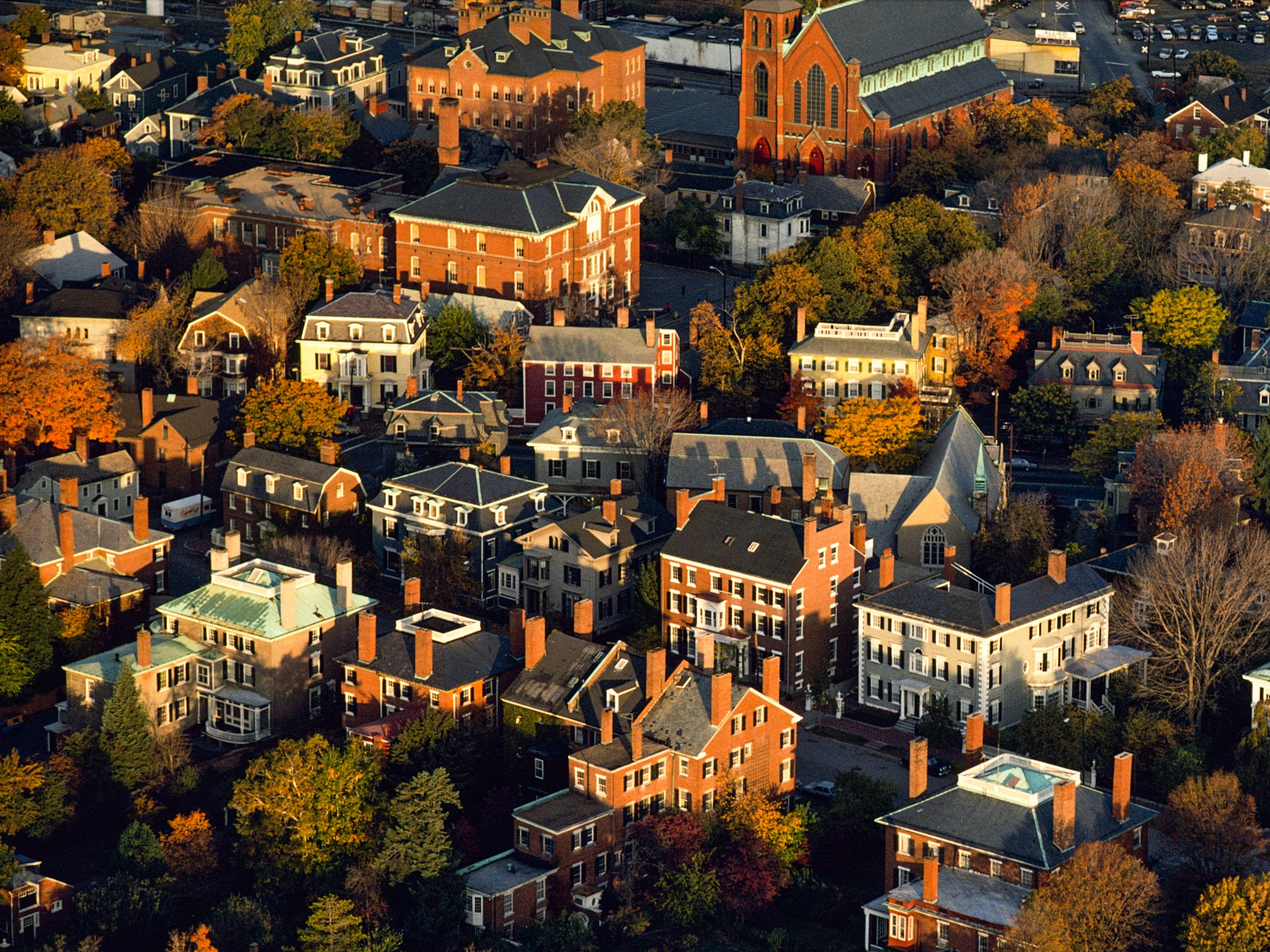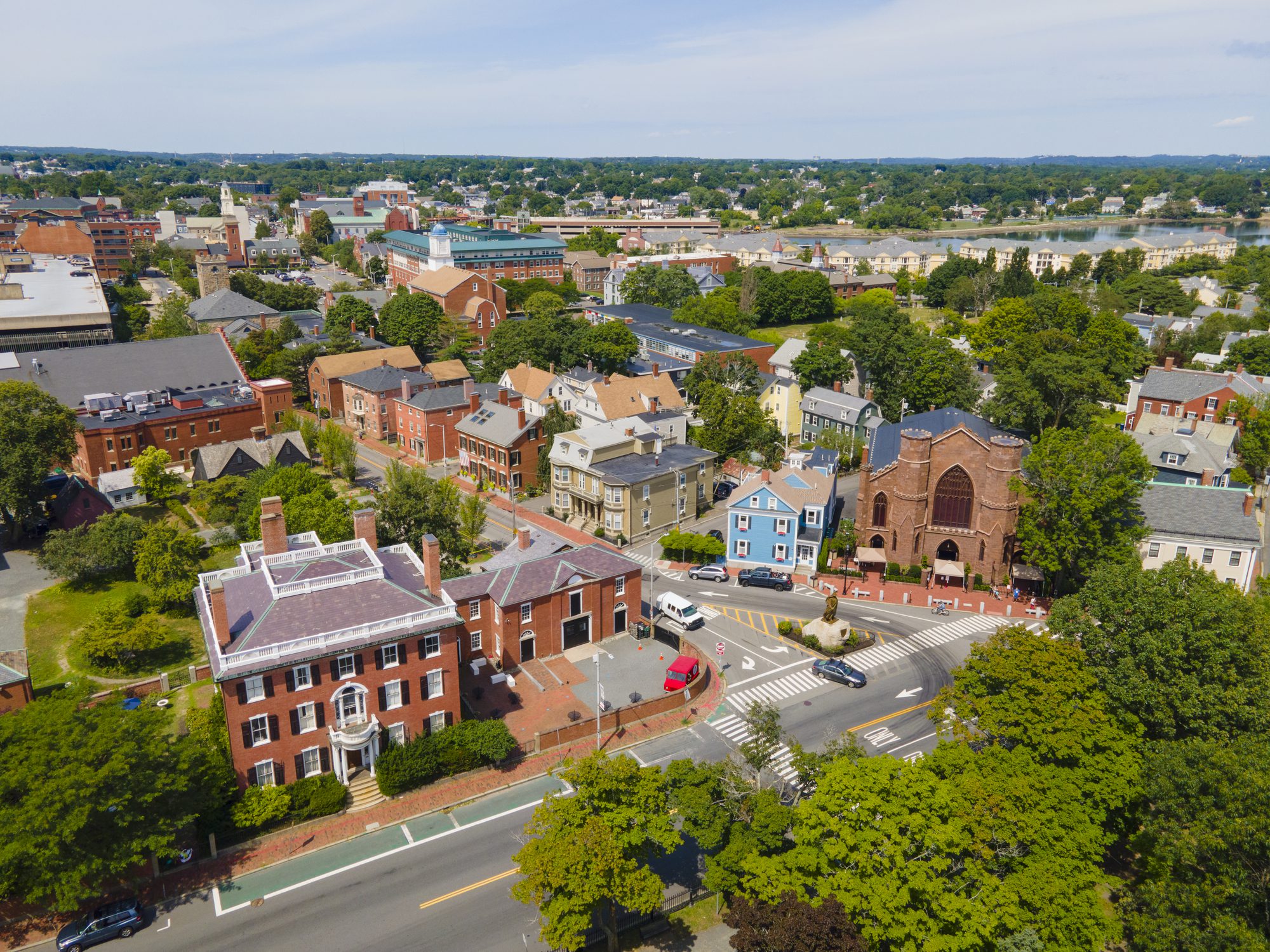
Salem, Massachusetts: Where Shadows of the Past Dance with a Vibrant Present
Step into Salem, Massachusetts, and you step into a city forever tethered to the spectral whispers of 1692. The very name conjures images of bonnets and accusations, of spectral evidence and the chilling clang of the hangman’s noose. Yet, to define Salem solely by its tragic past would be to overlook centuries of remarkable achievement, a rich maritime heritage, literary giants, and a modern identity that vibrantly embraces, reinterprets, and even reclaims its infamous legacy. Salem is a paradox, a place where the echoes of injustice serve not as a burden, but as a foundation for a unique, resilient, and utterly captivating present.
The story, of course, begins with the Salem Witch Trials, a dark chapter in American history that unfolded over less than a year but left an indelible mark on the national consciousness. In the winter of 1692, a cluster of young women in Salem Village (now Danvers) began exhibiting strange behaviors – fits, contortions, and outbursts – which were quickly attributed to witchcraft. Under the deeply religious and superstitious Puritan worldview, the Devil was a palpable force, and his agents were believed to walk among them. The accusations quickly spiraled, fueled by fear, social anxieties, land disputes, and a legal system tragically ill-equipped to handle such claims.
"It was a perfect storm of religious fervor, social tension, and economic uncertainty," explains Dr. Emerson W. Baker, a historian specializing in early New England. "The community was under immense strain, and the belief in witchcraft provided a terrifying scapegoat."

The trials saw over 200 people accused, and tragically, 19 individuals – 14 women and 5 men – were executed by hanging on what is now known as Proctor’s Ledge. One elderly man, Giles Corey, famously refused to enter a plea and was pressed to death with heavy stones, his last words reportedly "More weight." The "spectral evidence," testimony from accusers claiming to see the spirits of the accused tormenting them, was initially admissible in court, a fatal flaw that condemned many. It was only when accusations began to target prominent figures, including the governor’s own wife, that the tide began to turn. By May 1693, Governor William Phips dissolved the Court of Oyer and Terminer, and the remaining accused were either released or pardoned. The collective shame and regret were immediate and profound.
The trials stand as a stark reminder of the dangers of religious extremism, mass hysteria, and the absence of due process. Today, memorials like the Witch Trials Memorial, a somber stone bench enclosure with granite slabs for each victim, offer a place for quiet reflection. Adjacent to the historic Old Burying Point Cemetery, it serves as a powerful testament to the lives brutally extinguished and the lessons painfully learned.
However, to visit Salem and focus solely on the gallows would be to miss a vast tapestry of history that pre-dates and far outlives the witch hysteria. Long before the accusations, Salem was a thriving port town, its harbor a bustling nexus of global trade. By the late 18th and early 19th centuries, Salem was one of America’s wealthiest cities per capita, its merchant fleet traversing the globe, bringing back exotic spices, silks, and treasures from China, India, and the East Indies.
The legacy of this maritime glory is exquisitely preserved and celebrated at the Peabody Essex Museum (PEM), one of the oldest and fastest-growing museums in the country. Founded in 1799 by members of the East India Marine Society – sea captains and supercargoes who had circumnavigated the globe – PEM’s collection is unparalleled in its scope, boasting everything from intricate Chinese furniture and South Asian textiles to Native American art and contemporary installations. Its crown jewel is Yin Yu Tang, a 200-year-old Qing Dynasty merchant house meticulously disassembled in China and reassembled in Salem, offering an astonishingly authentic glimpse into Chinese domestic life.
"PEM is not just a museum; it’s a journey through time and across continents," says a museum docent. "It tells the story of Salem’s audacious spirit, a town whose vision extended far beyond its shores." The grand Federal-style mansions that line Chestnut Street, one of America’s most beautiful avenues, stand as tangible monuments to this era of prosperity, their elegant facades and intricate details a testament to the wealth generated by Salem’s intrepid merchants and the genius of architects like Samuel McIntire.
Adding another layer to Salem’s complex identity is its rich literary heritage, most notably through the life and works of Nathaniel Hawthorne. Born in Salem in 1804, Hawthorne was a descendant of Judge John Hathorne, the only judge involved in the witch trials who never repented for his actions – a fact that deeply troubled the author and influenced much of his writing. His ancestral home, the "House of the Seven Gables," immortalized in his gothic novel, stands majestically overlooking the harbor, a physical manifestation of his exploration of Puritan guilt, ancestral curses, and the lingering shadows of the past.
Hawthorne’s time working in the Salem Custom House, detailed in the introduction to "The Scarlet Letter," further cemented his connection to the town, his keen observations of its characters and decaying maritime grandeur weaving into the fabric of his literary masterpieces. He wrestled with Salem’s past, using it as a canvas to explore universal themes of sin, repentance, and the human condition.
Today, Salem is a vibrant, modern city of nearly 45,000 residents, yet its past is not merely preserved; it is an active, living part of its identity. The city has fully embraced its "Witch City" moniker, particularly around Halloween, which transforms Salem into a month-long, nationally recognized festival of costumes, parades, haunted attractions, and spiritual gatherings. Millions descend upon the city, drawn by a blend of genuine interest in the occult, historical curiosity, and sheer celebratory spirit.

This embrace, however, is not without its nuances. While kitschy witch shops and commercial attractions abound, there is also a thriving, genuine modern Pagan and Witchcraft community that views Salem as a spiritual home. Figures like Laurie Cabot, the "Official Witch of Salem," have worked tirelessly to educate the public, dispel stereotypes, and reclaim the word "witch" from its negative connotations, emphasizing its roots in nature, healing, and personal empowerment.
"We don’t believe in flying on broomsticks or casting evil spells," says a local practitioner. "For us, witchcraft is a spiritual path, a connection to the earth and its energies. Salem offers a unique space where we can practice openly and be understood, even if it’s alongside the commercialism."
The city government, led by Mayor Kimberley Driscoll, navigates this delicate balance with care, acknowledging the economic boon of tourism while striving to maintain the authenticity and historical integrity of the city. "Salem’s past is undeniably unique, and it draws people from all over the world," Mayor Driscoll once noted. "But we also want to ensure that visitors see the multifaceted, dynamic city that we are today – a place of innovation, culture, and community, not just a historical reenactment."
Indeed, beyond the witch-themed attractions, Salem boasts a lively arts scene, diverse culinary options, boutique shopping, and a burgeoning innovation hub. Salem State University contributes to its youthful energy, and its commuter rail line offers easy access to Boston, making it an attractive place for both residents and visitors seeking a blend of historic charm and contemporary amenities.
Ultimately, Salem, Massachusetts, stands as a profound testament to the power of history – both its capacity to wound and its potential to inspire. It is a city that refused to be defined by its darkest hour, choosing instead to confront its past, learn from it, and weave its difficult truths into a narrative of resilience and evolution. The spectral whispers of 1692 still echo in its cobblestone streets, but they are joined by the rustle of global silks, the clatter of modern cafes, and the confident voices of a community that has found its unique voice. Salem is not just a place where witches once walked; it is a place where history breathes, where lessons resonate, and where the human spirit, in all its complexity, continues to flourish.


